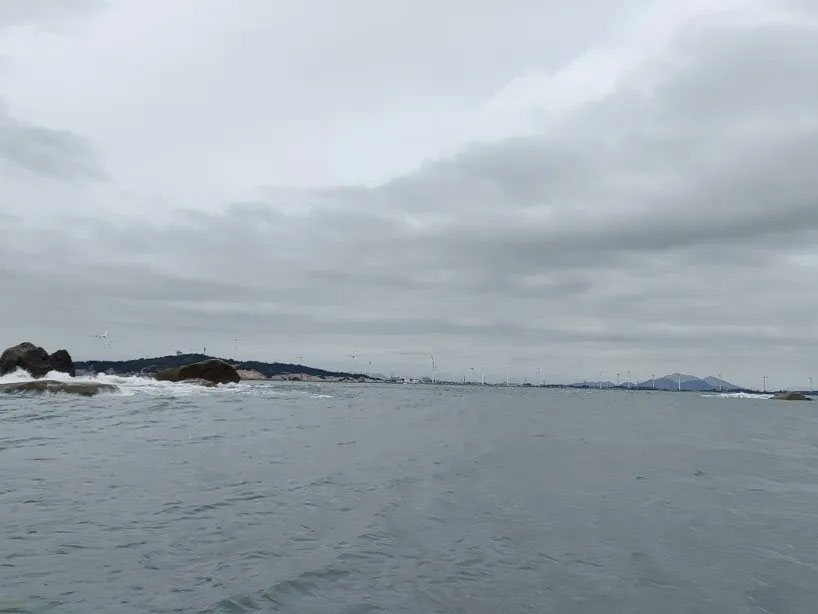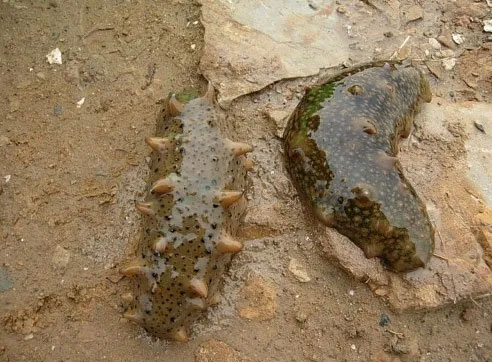Key Techniques for Organic Product Production (Aquaculture Edition)
With the improvement of people's living standards and the increasing emphasis on food safety, there are more and more organic foods on residents' dining tables. The "China Organic Product Certification and Organic Industry Development (2024)" released by the State Administration for Market Regulation shows that China's organic industry maintains a strong growth momentum, with a total of 1257 organic products in 2023 and sales exceeding 100 billion yuan for the first time. As an important part of organic products, the production and sales of organic aquatic products are also increasing year by year.
According to the Chinese organic standard GB 19630-2019, organic production refers to an agricultural production method that follows specific production principles, does not use genetically engineered organisms and their products, does not use chemically synthesized pesticides, fertilizers, growth regulators, feed additives, etc., follows natural laws and ecological principles, coordinates the balance between planting and breeding industries, and maintains a sustainable and stable production system.
It is reported that China is the world's largest producer and consumer of sea cucumber, and the output value of the entire sea cucumber industry chain has exceeded 100 billion yuan, becoming a pillar industry for rural revitalization in major production areas. Taking sea cucumber as an example, let's briefly introduce the key points of organic aquatic product production.

Basic Requirements
Base environment:Organic aquaculture bases should be located far away from urban areas, industrial and mining areas, transportation arteries, industrial pollution areas, and domestic waste sites. At the same time, the air quality of the base should comply with GB 3095 "Environmental Air Quality Standards", and the water quality should comply with GB 11607 regulations.
Organic aquaculture is divided into open water areas and non open water areas. Open waters generally refer to large reservoirs, open sea areas and mudflat, while non open waters generally refer to ponds and small and medium-sized reservoirs.
“wild”——For artificial seedling cultivation, breeding to a certain specification (not exceeding one-third of the life cycle) and then throwing it into the sea without applying artificial management measures such as feeding and medication, it can be considered wild
Sea cucumbers are usually cultivated by releasing them onto reefs in the open sea.
Conversion period:Sea cucumbers are considered wild fixed organisms due to their slow movement and small range of activity. They are generally cultivated in the open sea and do not require conversion. If cultivated in ponds, they need to go through a 12-month conversion period.
Basic requirements for aquaculture
The breeding method needs to be suitable for the physiological habits and local conditions of sea cucumber farming. The breeding technology should ensure the health and basic living needs of sea cucumbers. Permanent oxygenation cannot be adopted, and coatings and synthetic chemicals cannot be used on building materials and production equipment required for aquaculture.
Bait:If the breeding density of sea cucumbers is not high, feeding is generally not required. Especially for offshore aquaculture, if feeding is required for pond aquaculture, organic or wild feed should also be fed. When the feed is insufficient, conventional feed not exceeding 5% of the total feed amount (based on dry matter) can be fed. If unforeseeable circumstances occur that result in the regular bait quantity exceeding 5% for that year, and with the permission of the certification body, it cannot exceed 20% of the total bait quantity. At least 50% of the animal protein in bait comes from substances that are not suitable for human consumption. Natural mineral additives, vitamins, and trace elements can be used.

Prevention and treatment of three diseases
The principle of prevention and control is to start from the agricultural ecosystem, comprehensively apply various prevention and control measures, maintain the balance of the ecosystem and biodiversity, and ensure the health of sea cucumbers through preventive measures. All management measures should aim to improve the resistance of sea cucumbers. The breeding density should not be too high to affect the health and abnormal behavior of sea cucumbers. Offshore aquaculture generally does not have the conditions for using drugs. For pond aquaculture of sea cucumbers, quicklime, sulfur dioxide, potassium permanganate, tea seed cake, and microbial preparations can be used to regulate water quality and geology. Advocate the use of natural medicines for prevention and treatment. When natural medicine treatment is ineffective, conventional fishing medicine can be used, but only one course of treatment can be used within 12 months. If the allowed course of treatment is exceeded, it must be switched again. Using conventional fishing medicine, sea cucumbers need to go through twice the rest period of the medicine before they can be marketed as organic products.
reproduction:Sea cucumber seedlings should be propagated naturally, and non natural methods such as artificial insemination and hatching should not be used. Parthenogenesis, genetic engineering, and artificially induced polyploidization techniques should not be used for reproduction.
fish for:Fishing tools should comply with relevant national regulations, open water bodies, and the fishing volume should not exceed the ecosystem's regenerative capacity and affect the sustainable production of natural water bodies and the survival of other species.
Transportation and slaughter:Organic farming places great emphasis on animal welfare, which refers to respecting the natural growth laws of animals, fully considering their physiological, environmental, hygiene, behavioral, and psychological needs. The cultivation of organic products emphasizes animal welfare. Therefore, during transportation, attention should be paid to meeting the density, water temperature, pH value, dissolved oxygen, etc. of animals. The distance should not be too far, and sedatives or stimulants should not be used. When slaughtering, it should be kept in an unconscious state to reduce the stress and pain on aquatic animals.
 Kaixin Certification will continue to spare no effort in cooperating with enterprises, persistently assisting them in producing high-quality organic products and contributing wisdom and strength to the development of the organic industry.
Kaixin Certification will continue to spare no effort in cooperating with enterprises, persistently assisting them in producing high-quality organic products and contributing wisdom and strength to the development of the organic industry.

